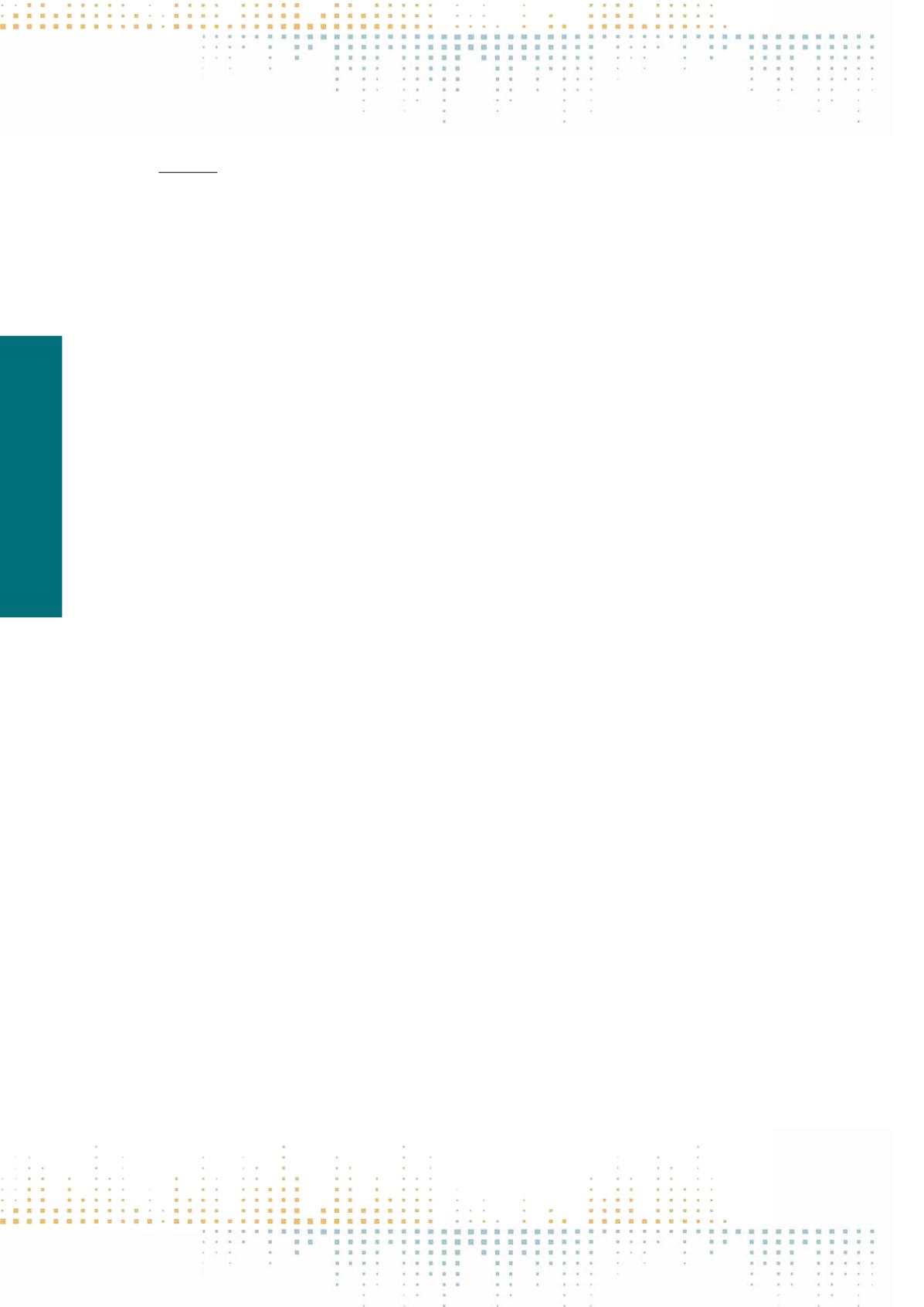

622
Thursday, November 10
1 1 : 0 0 – 1 2 : 3 0
PN 086
Blue Skies, Black Squares: STS-Informed Methods in the Study of Urban Environmental Risk Communication in Beijing
M. Tarantino
1
1
Confucius Institute University of Geneva, Geneva, Switzerland
Information about mundane urban environmental risk notably air pollution, informs socio-spatial practices ranging from mobility choices, to policy-mak‑
ing, to house prices and so on. This paper examines how Air Quality Information is communicated in Beijing, consistently ranked as one of the most pol‑
luted cities in the world, and how these information flows are designed to intertwine with everyday practices. In Beiing, multiple air quality indexes from
multiple sources (including the official Beijing Environmental Protection Bureau, the US Embassy, and others), calculated through different methods, are
communicated to the public via a plethora of websites and mobile applications. The public is, to a large extent, left to pick and choose which numbers to
trust to inform its own practices – a somewhat significant departure from China’s image as an authoritarian state with strict control over information. As
a case study, we unpack the sociotechnical choices shaping the three releases of the “Blue Sky”(Weilan Ditu) mobile app, produced by one of China’s main
environmental NGOs.We examine in particular how the application transforms AQI numbers into“recommendations”for daily practices (going out, wearing
masks, washing cars etc.). Through STS-informed methods (ethnography and code studies), we reconstruct the urban audience inscribed into the software,
and examine how it fits within the fragmented situation described above.



















